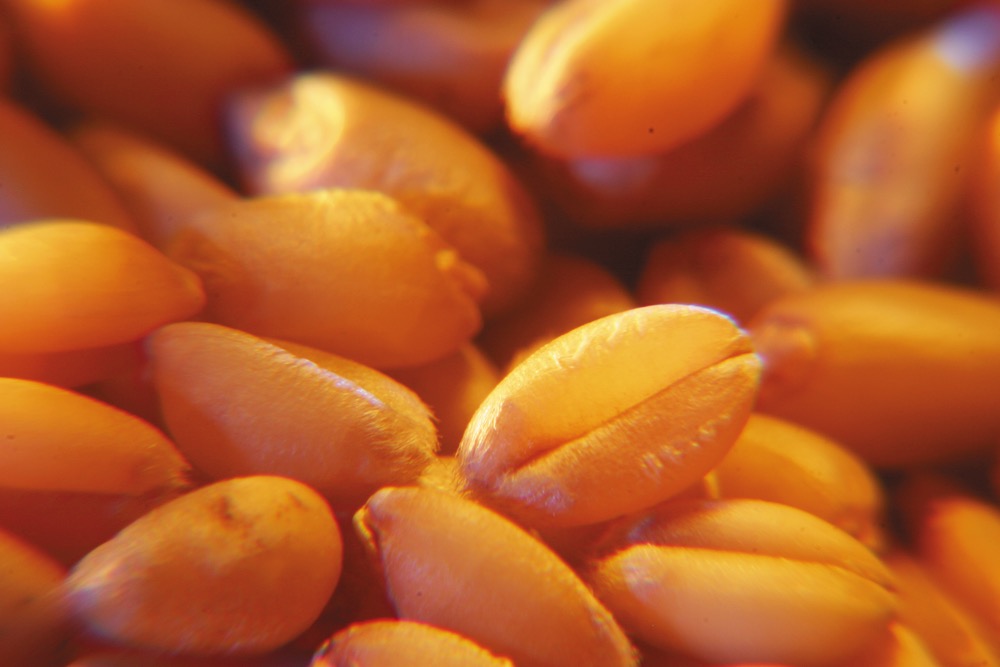“This is the way.”
If you’ve watched The Mandalorian, you’ve heard the phrase many times. I can’t speak to all the Star Wars lore, but it’s an enjoyable program perhaps best described as cowboys in outer space.
The central Mandalorians of the show follow their own strict honour-bound creed, centred on the armour they wear and their relationships with outsiders. Why they do what they do is not always clear. Actions are explained because ‘this is the way.’ This is how things have always been done and will continue to be done.
Read Also

Manitoba boosts stake in cereals centre to $23.5 million
Premier Wab Kinew said the additional project funds will help ‘Trump-proof’ the provincial economy.
A ‘this is the way’ attitude can often be found when trying to make sense of agricultural markets. Prices go up or down based on predictable patterns. But anyone who’s ever followed grain markets knows they can be far from predictable.
Canola/soyoil
Generally speaking, where the Chicago soyoil futures go, canola will follow. However, the relationship is far from one to one, and the two commodities were showing divergence at the time of this writing.
Speculative traders holding large short positions in canola were busy buying back those contracts or rolling into more deferred months, propping up the front month canola contract. Meanwhile, soyoil was being pressured by its own spread trade relative to soymeal, with meal rising at the expense of oil on concerns over declining export prospects out of South America. That combination cuts into Canadian crush margins, and time will tell what that means for prices.
Seasonals
The basic laws of supply and demand would see lower bids for most commodities at harvest time, and rising prices in spring and summer when the cupboards start getting bare.
Looking at the canola futures once again, prices in April are running about $30 per tonne below the harvest lows hit in September. Both exports and the domestic crush are running at a solid pace, well ahead of the levels seen during the previous drought-stricken year, so there will likely be some demand that needs rationing before the next harvest. However, weather through the growing season will have a say.
Wheat spreads
Minneapolis hard red spring wheat typically trades at a premium to Kansas City hard red winter wheat, with a spread of about 50 cents at this time a year ago. Occasionally that spread moves to an inverse, which was the case during the week of April 10 when the Kansas City price moved above Minneapolis for the first time in nearly a year.
U.S. winter wheat condition ratings have deteriorated to some of their worst levels on record for this time of year, as lack of moisture hurts emerging crops. Spring wheat was dealing with issues of possible seeding delays due to heavy snow in the Red River Valley, but in the long run the moisture there will be beneficial to crops and leading to the divergence.
MarketsFarm follows these topics and more, providing insight throughout each trading day to help you keep on top of the agricultural markets.
















